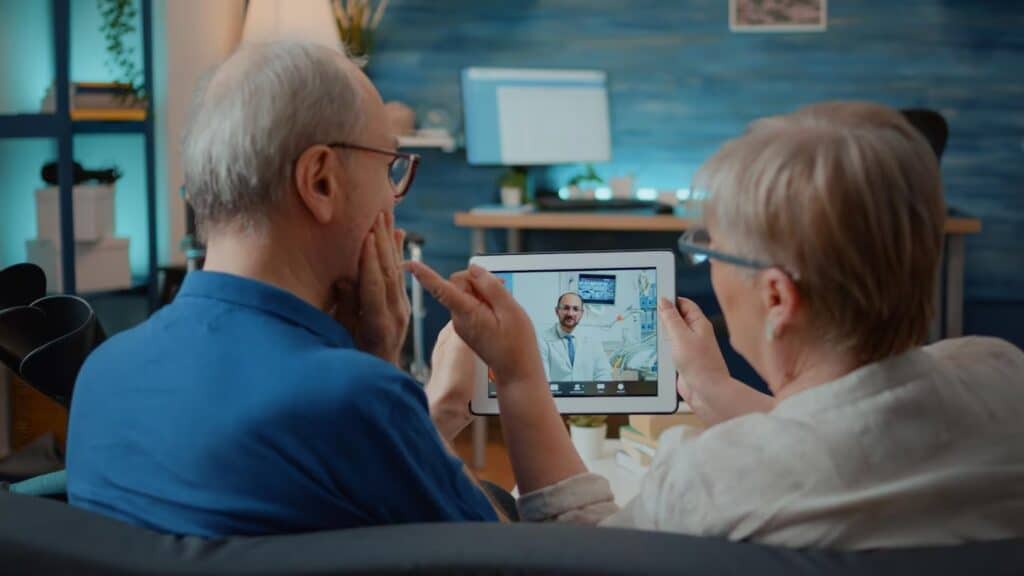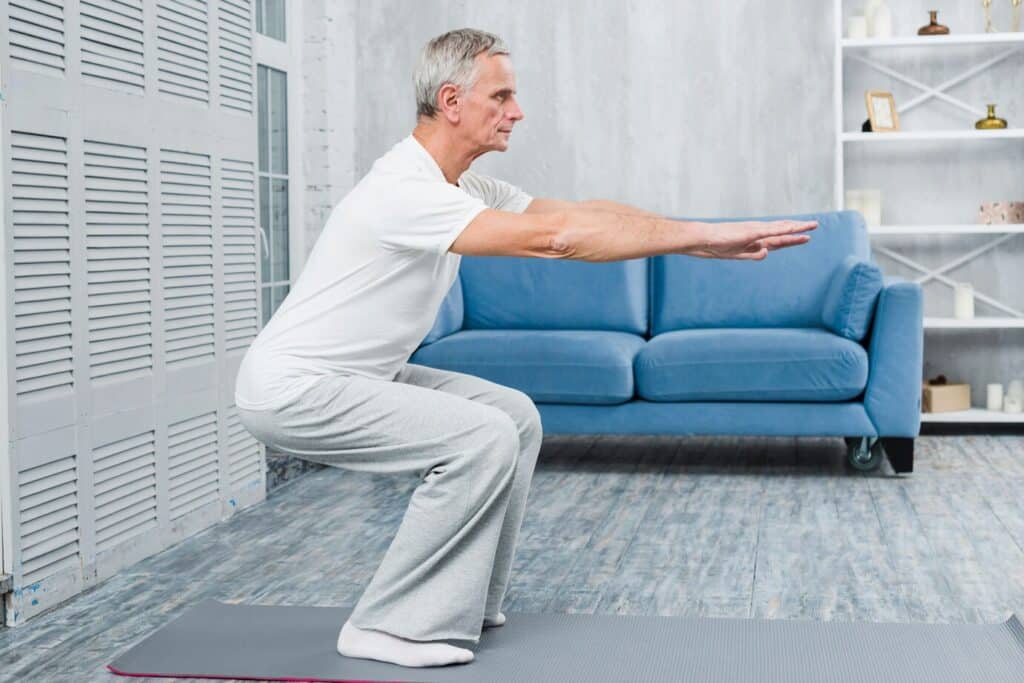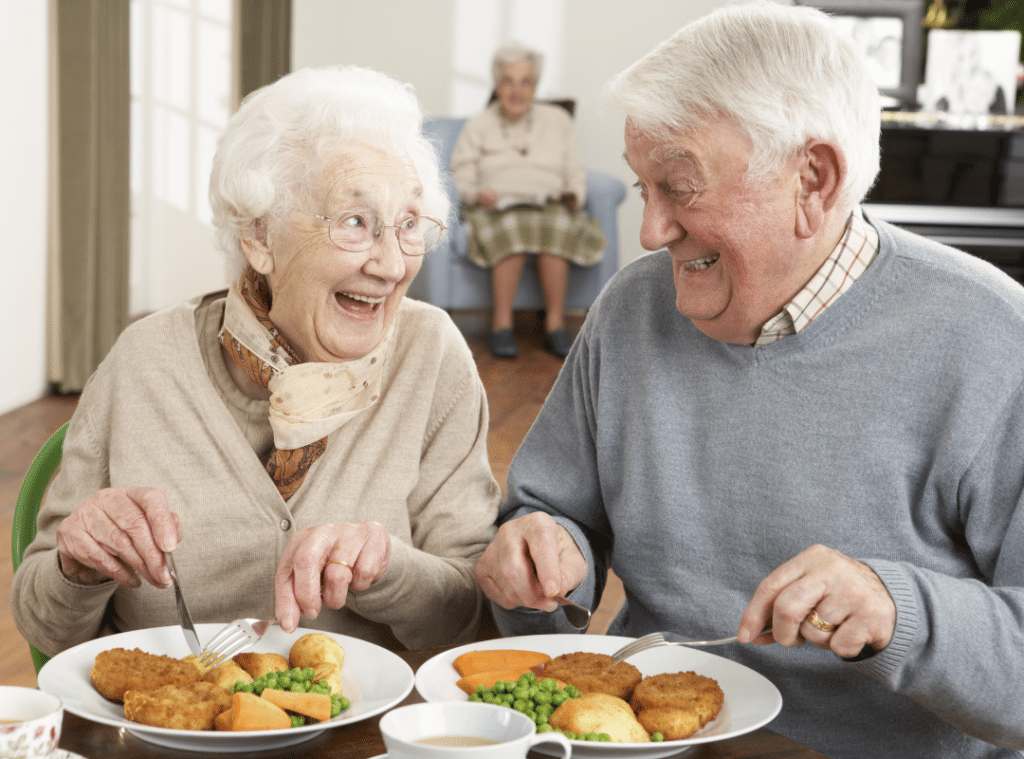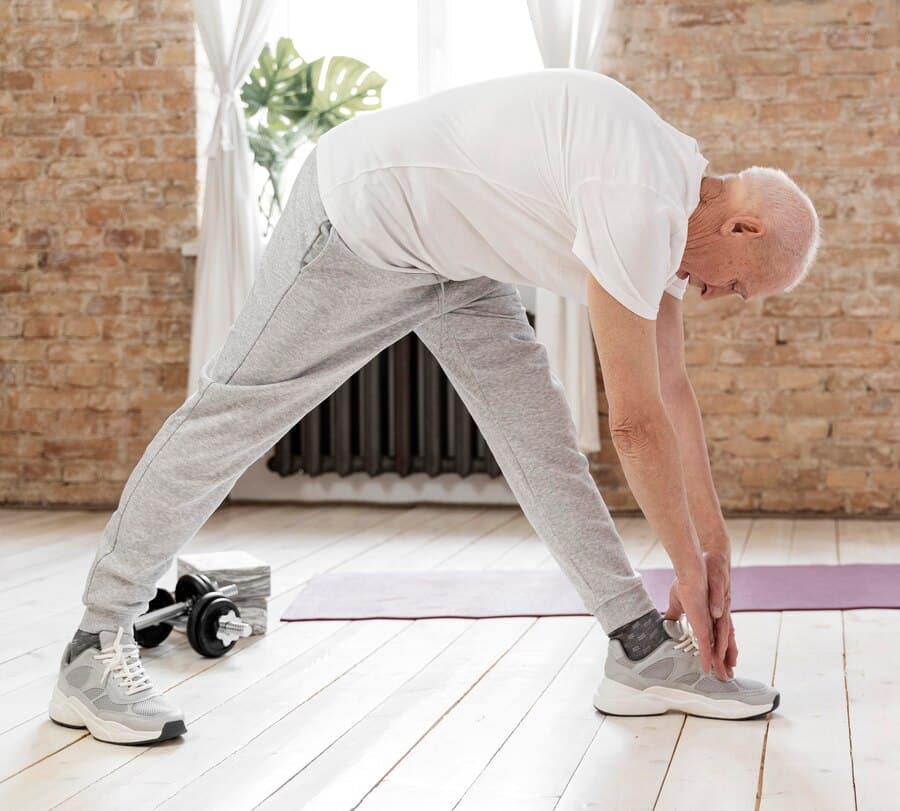Enhance Senior Safety with Smart Monitoring Technology Today
Monitoring technology has revolutionized independent living, allowing seniors to enjoy freedom while staying safe and healthy. At Westmont of Culver City, this shift has led to improved well-being and confidence for residents and their families. Through innovations in health tracking, emergency response, and smart home integration, seniors are supported by tools that respect their privacy and empower their independence.
From discreet devices that alert caregivers to changes in vital signs, to smart cameras and two-way monitors, the future of senior living is already here. These technologies offer immediate assistance during emergencies and foster peace of mind for loved ones. Whether you’re just beginning to explore senior living options or actively planning a move, understanding today’s monitoring technology is key to making informed choices.
The Power of Monitoring Technology in Senior Living
Advances in monitoring technology have changed the way seniors experience independence. Whether you’re at home or part of a community like Westmont of Culver City, these tools allow residents to feel secure while maintaining autonomy. With features like real-time alerts, fall detection, and health data tracking, you can be proactive rather than reactive when it comes to safety.
Tools like the video monitoring system for the elderly in the home can stream footage directly to loved ones or caregivers, ensuring 24/7 visibility without intruding on privacy. Coupled with two-way monitors for the elderly, families can check in, talk, and provide reassurance from anywhere. These innovations mean residents are never truly alone, even when living independently.
Explore how these systems support care at The Oaks at Nipomo, where technology is thoughtfully integrated into daily life.
Tools That Make a Difference
Best Home Monitoring System for the Elderly
When selecting the best home monitoring system for the elderly, several features matter: fall detection, real-time alerts, user-friendly controls, and compatibility with wearable tech. Westmont communities integrate top-rated systems that prioritize comfort and ease of use while offering essential safety features.
These systems are especially effective when paired with the best camera for elderly monitoring, offering clear visuals, motion detection, and night vision. Cameras are often positioned discreetly to ensure comfort while enhancing safety.
Popular providers like Bay Alarm Medical and Medical Guardian offer excellent examples of this technology, trusted by thousands of families nationwide.
Wearable Monitoring Devices for the Elderly
Wearable monitoring devices for the elderly are transforming health tracking. These gadgets go beyond counting steps. They monitor heart rate, detect irregular movements, and even track hydration levels. This allows caregivers to respond to potential issues before they escalate.
Devices such as smartwatches with emergency call features or health trackers that sync with caregiver dashboards are becoming essential parts of senior care. They promote a proactive approach, enabling seniors to engage with their health and feel confident in their daily routines.
Westmont integrates these tools seamlessly into daily life, as outlined in their Chico community’s guide to modern health solutions.
Two-Way Monitors for Reassurance
Two-way monitors for elderly not only offer visual updates, but also real-time communication. Whether it’s for a morning greeting or a check-in during the night, this kind of interaction reduces anxiety and boosts a sense of connection. For those with memory conditions or health concerns, these devices offer timely, comforting communication between residents and family.
Privacy and Ethics in Monitoring
While technology is valuable, privacy must remain a priority. Westmont ensures that all tools respect the dignity of residents. Cameras are never placed in private areas, and data from monitoring technology is encrypted and protected. Every tool undergoes vetting to meet strict privacy standards, so residents feel secure and respected.
This approach is further explained in Westmont’s healthcare guide, which outlines how resident rights are upheld even as technology advances.

Always Improving with Resident Feedback
Ongoing Tech Assessments
At Westmont, technology evolves alongside resident needs. Staff regularly review system performance, upgrade outdated tools, and trial new devices based on user feedback. Residents are encouraged to participate in this process, ensuring that every device enhances—rather than complicates—daily life.
For example, input from seniors has helped refine the use of video monitoring systems for the elderly in the home, leading to better placement and improved usability. These insights ensure that tools are truly helpful and not overwhelming.
Resident-Centered Development
No two residents are the same, so technology should never be one-size-fits-all. Westmont embraces a resident-centric model that allows seniors to choose how and when to use tools like wearable monitoring devices for the elderly. Options can be adjusted to suit mobility, cognitive abilities, and personal preferences.
Residents can even test and customize their solutions in workshops or one-on-one sessions. This approach supports independence while ensuring comfort and familiarity with the tech in use.
Explore more resident-driven innovations in Gadgets for Seniors.
Supporting Education and Engagement
Hands-On Learning
Westmont offers workshops that introduce residents to monitoring technology in a stress-free, hands-on environment. These sessions teach seniors how to use devices, read health data, and interact with emergency systems. They’re also a great way to socialize and share experiences.
Topics covered include:
- Setting up a two-way monitor for the elderly
- Using apps that connect to wearable monitoring devices for the elderly
- Adjusting the best camera for elderly monitoring to ensure privacy and clarity
- Understanding alert settings in a video monitoring system for the elderly in the home
Personalized Support
Tech support doesn’t end after setup. Staff are always available to troubleshoot, explain updates, and ensure every resident is confident using their devices. Whether you’re learning how to answer a two-way call or interpret your smartwatch data, support is just a request away.
Empowerment Through Involvement
Westmont believes that educated residents are empowered residents. With ongoing access to user guides, group discussions, and tech mentors, every person can learn and grow with the tools meant to help them.
What’s Next for Monitoring Technology?
Looking ahead, monitoring technology will continue to innovate. AI-powered assistants, predictive analytics for fall risks, and even voice-activated home automation will become commonplace. Imagine living in a home that knows your routine, alerts caregivers if something’s off, and lets you video chat with family using just your voice.
As these advances become standard, staying informed and involved is crucial. At Westmont, your feedback helps shape what technology looks like tomorrow.
Discover the Tech-Enhanced Living at Westmont
Ready to see these tools in action? Westmont of Culver City offers a future-forward lifestyle that blends innovation with warmth and community. From the best home monitoring system for the elderly to customized tech support, everything is designed with your well-being in mind.
Come explore:
- Personalized care plans
- Smart home integration
- Social programs built around connection and tech use
- Staff trained in both care and modern tech
Visit our community page or call 310-736-4118 to learn how monitoring technology can support your lifestyle.
A Future Secured with Smart Monitoring
The tools we choose today shape the way we live tomorrow. With monitoring technology like the video monitoring system for the elderly, wearable monitoring devices for the elderly, and the best home monitoring system for the elderly, you’re investing in both safety and freedom. At Westmont of Culver City, you’re not just adopting technology—you’re embracing independence with confidence. Make your next move a secure and informed one. Reach out today and discover the future of senior living.
How Do The Costs Of Moving Into A Quality Senior Care Community Compare With The Costs Of Staying At Home?Compare The Costs of Senior Living vs Staying at Home
Frequently Asked Questions
How can I monitor my elderly parent remotely?
You can monitor your elderly parent remotely using smart devices, such as medical alert systems, video doorbells, motion sensors, and health monitoring apps. These tools allow you to track their movements, check in through video, and receive alerts for emergencies or irregular activity. Many systems are designed to be non-intrusive and easy for seniors to use. Choosing technology that aligns with their comfort level and needs is best.
What is the best monitor for the elderly?
The best monitor for the elderly depends on what you’re trying to track. For health, wearable devices like the Apple Watch or Fitbit can monitor heart rate and activity levels. For safety and general well-being, systems like the GrandPad or medical alert devices with fall detection are popular choices. Look for monitors that offer real-time alerts, simple interfaces, and strong customer support.
How do you monitor seniors living alone?
You can install smart home devices such as security cameras, door sensors, and fall detection systems to monitor seniors living alone. Pairing these with mobile apps keeps caregivers informed of any changes or emergencies. Daily wellness check-in services and remote health monitoring also help ensure safety and independence. Privacy and consent should always be considered when choosing monitoring solutions.
What technology helps elderly people?
Several technologies can improve elderly individuals’ lives, including voice-activated assistants like Alexa, fall detection devices, medication reminders, and health tracking wearables. These tools support independence while offering caregivers peace of mind. Additionally, telehealth platforms allow seniors to consult with doctors from home. The best solutions are user-friendly and tailored to specific needs.








